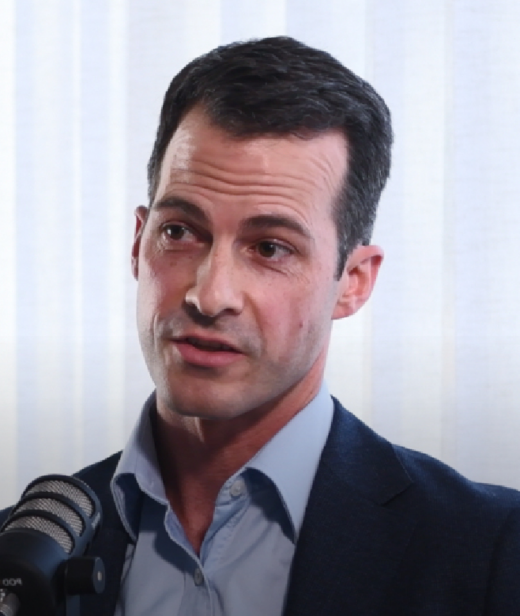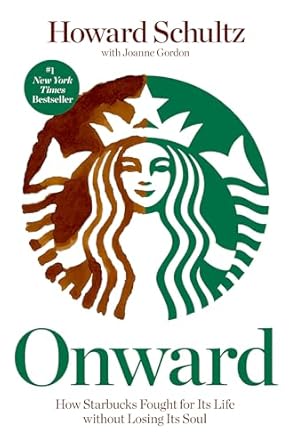Geoff Di Felice & Marcus Guzzardi
“While scrutinizing Canadian National Railway’s network via one of his screens at home, he saw a problem. Something was amiss between Jackson, Mississippi, and Memphis…Harrison called the dispatcher in Homewood, Illinois, to investigate.
“I’ll do the dispatching tonight,” he told the employee. “Just stay on the phone and I’ll dictate the needs and priorities. Here’s what we want to do.” Ultimately, he pulled an all-nighter – as dispatcher – to solve the gridlock that was affecting the whole railroad. While he did, the employee was treated to a master class.”
The above passage describes Hunter Harrison as the 64-year-old CEO of Canadian National Railway, totally immersed in his business with the ability to dive directly into the frontline operations to drive forward its turnaround. Hunter is an archetypal Turnaround Specialist – a leader who has built a track record of success across multiple turnarounds.
Railroader by Howard Green is a book rich with insights into what made Hunter so successful providing many lessons for the Endeavour Fund in identifying the next generation of Turnaround Specialists.
Hunter had an “atomic level understanding” of the railroad business.
Hunter started at the bottom, as a carman oiler at the age 19. Whilst he had raw talent, it was unfocused but through railroading he found his calling – he truly lived and breathed it. Through hard work, a unique sense of the business and mentorship Hunter developed to become one of the best operational managers. As CEO this meant Hunter could visualise the theoretical potential of the business – and drive people toward it.
Hunter was a master communicator using many channels and methods.
A turnaround is about changing both the culture and processes of an organisation. This requires exceptional communication to break through, not once but on a sustained basis. Hunter was a master. He used one-on-one encounters (that would permeate through the organisation), he wrote operational manuals and he ran company-wide seminars known as “Hunter Camps”.
Hunter was uncompromising but he was a teacher who created leaders.
Leaders like Hunter are uncompromising. In an underperforming organisation many employees will feel uncomfortable with the expectations he sets and many will leave on unhappy terms. While others will feel unleashed, wanting to develop to their potentials and be part of a winning team. So when doing our due diligence it can be a fine line determining the difference between an emerging high performance culture and a toxic culture.
Hunter’s story highlights a key aspect of answering that question is observing how the leader builds the people around them. Hunter invested significantly in people (but only those that wanted to learn), seeing all these opportunities as teaching moments, with some of his key people emerging as industry leaders.
Hunter created an execution focused mindset.
Hunter set hugely ambitious targets. If the organisation was lagging the industry, he set their targets to the best. If they were the leaders, he set their targets beyond the frontier of what others thought possible. Crucially, he was outcome and results focused and he utilised data heavily to measure performance and identify ways to improve.
Endeavour Fund application
In a meeting with a Low Risk Turnaround opportunity in early 2022, the management team described a Friday afternoon ritual instituted by the CEO (a turnaround veteran). He would take the entire executive team to spend the last 2 hours of each week with the customer service team reviewing all the pain points from the week.
This anecdote deeply resonated with us – it was a powerful communication tool, it was a teaching moment and it instilled a cadence of performance measurement. We immediately elevated the opportunity on our priority list and today it is a key holding in the Endeavour Fund.






